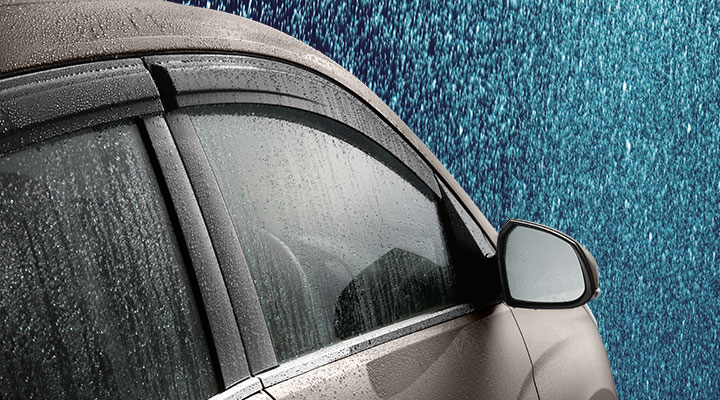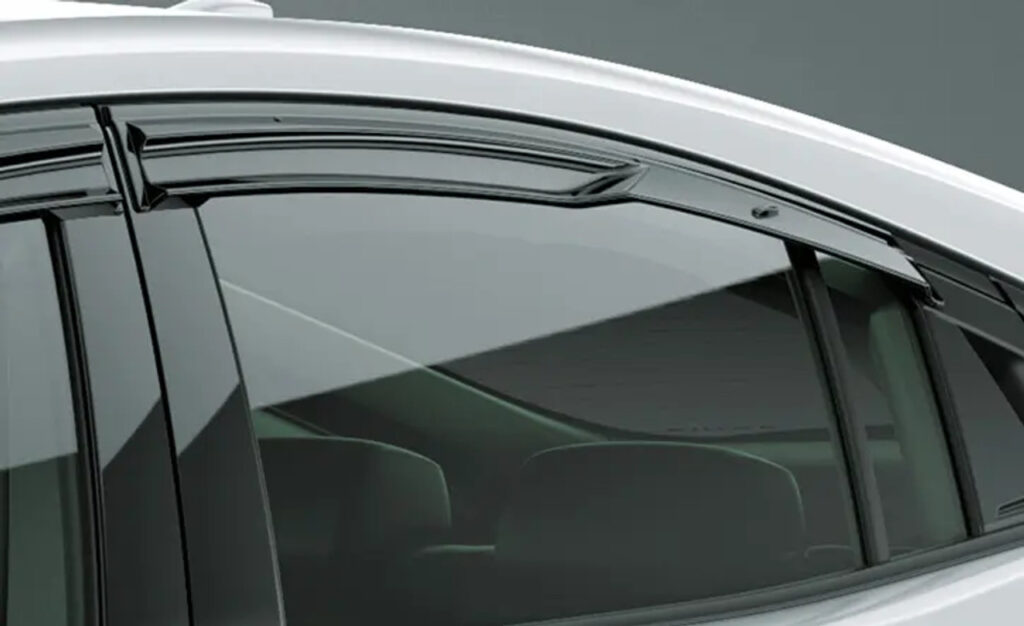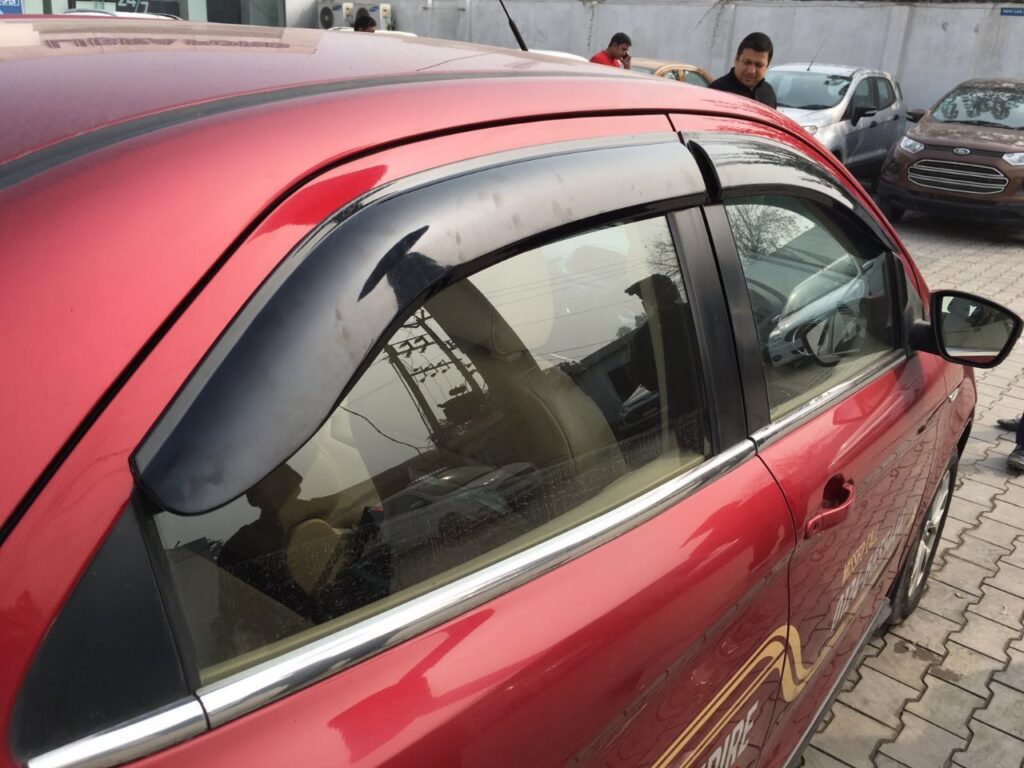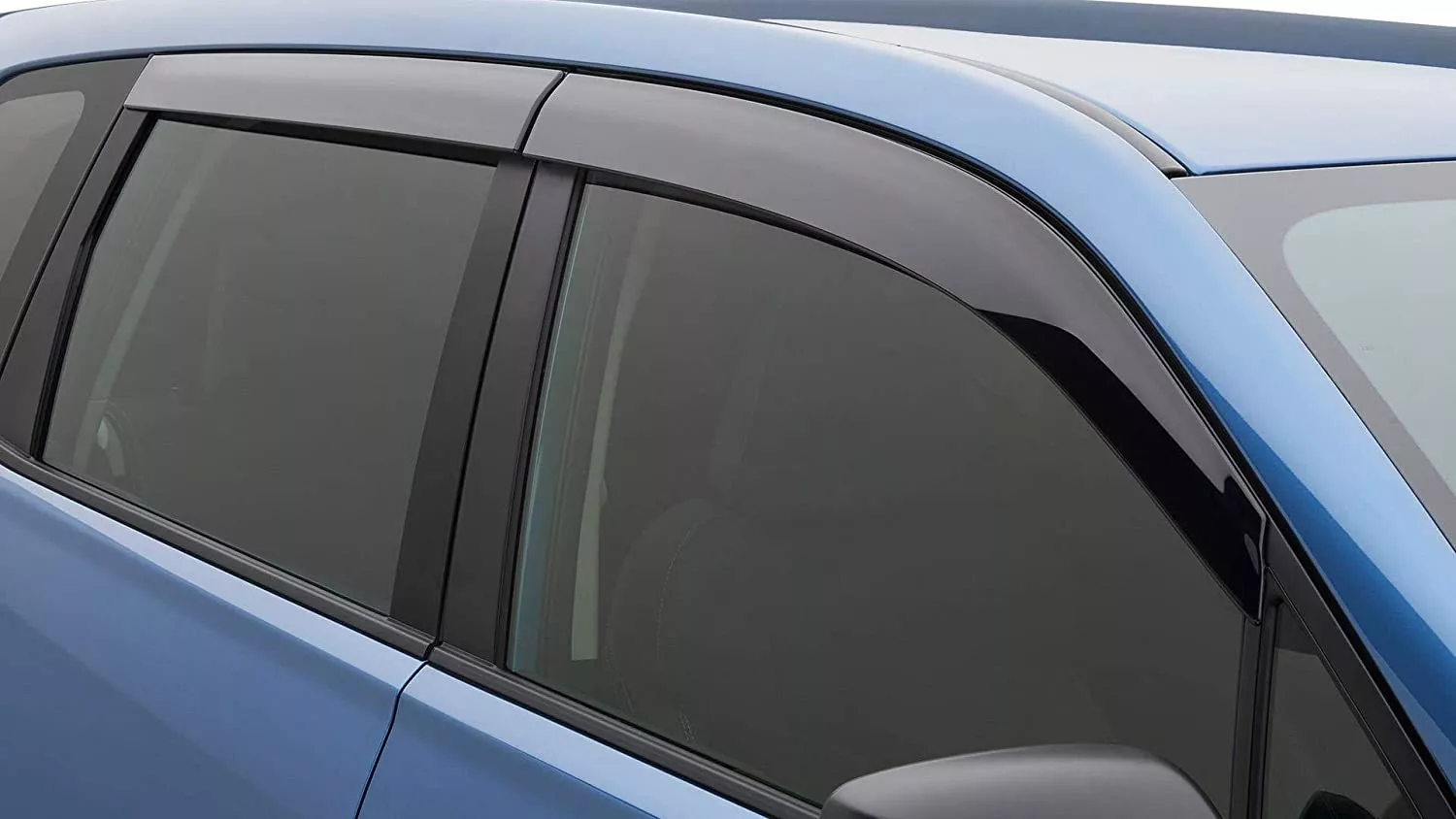Are Door Visors Worth It in 2025?
When it comes to enhancing both the aesthetics and practicality of your car, one accessory that continues to spark debate among car owners in 2025 is the door visor rain guard. These sleek add-ons sit above your vehicle’s windows and promise protection from rain, improved airflow, and reduced glare. But are they truly beneficial, or just another styling gimmick?
- Are Door Visors Worth It in 2025?
- What Is a Door Visor Rain Guard?
- Table of Contents
- Pros of Door Visor Rain Guards for Cars
- Cons of Door Visor Rain Guards for Cars
- Should You Use Door Visor Rain Guards in 2025?
- Door Visor Use Cases in 2025
- How to Choose the Right Door Visor in 2025
- Installation Tips for Door Visor Rain Guards
- Frequently Asked Questions (FAQs)
- Final Verdict: Are Door Visors Worth the Hype?
- Conclusion
In this comprehensive guide, we’ll break down the pros and cons of door visor rain guard for cars, helping you make an informed decision. Whether you’re driving through the monsoons of India or dealing with humid summers in the U.S., this article will explore the value these visors can bring to your driving experience.
What Is a Door Visor Rain Guard?

Table of Contents
A door visor rain guard, also known as a window deflector or wind deflector, is a slim plastic or acrylic shield installed on the upper part of car windows. These guards allow you to slightly open your windows during rain or hot weather without letting water or strong wind enter the cabin.
Why Are Door Visors Trending in 2025?
- Increased weather variability across the U.S. and Asia due to climate change.
- Rising customization trends among car enthusiasts.
- Enhanced aftermarket accessory sales, projected to grow 5.2% in 2025.
Pros of Door Visor Rain Guards for Cars
1. Rain Protection Without Compromising Ventilation
Door visors allow you to crack open your windows slightly even during rain, promoting airflow while preventing water from seeping in. This is especially useful in humid regions like Florida or Mumbai where cabin moisture buildup is common.
🧠 2025 Tip: Continuous airflow reduces fogging on windshields, improving driving visibility.
2. Heat Reduction in Hot Weather
By keeping windows slightly open, rain guards help hot air escape the cabin, reducing the heat trap effect in parked vehicles. This is particularly helpful in 2025’s record-breaking summer temperatures.
- Example: In Phoenix, AZ, daytime parking temperatures reached 120°F in June 2025. A cracked window can reduce internal car temperature by up to 15°F.
3. Improved Aerodynamics and Noise Reduction
Some rain guards are aerodynamically designed to reduce wind noise and drag, enhancing the driving experience on highways.
- 2025 consumer reports show a 10% drop in wind noise when high-quality visors are installed.
4. Enhanced Privacy and Sun Glare Reduction
Dark-tinted visors offer partial window coverage, reducing visibility into the car while also blocking direct sunlight.
- This is especially useful for luxury car owners or those who often travel with valuables.
5. Easy Installation and Affordability
Door visors are easy to install using 3M adhesive or clips, requiring no drilling. In 2025, the average cost ranges between $20 and $80, depending on the brand and car model.
Cons of Door Visor Rain Guards for Cars
1. Potential Adhesive Damage
Low-quality visors with weak adhesive may come loose or damage paint during removal. In humid or rainy climates, poor-quality glue can also fail prematurely.
🧠 2025 Insight: Car accessory reviews in the U.S. noted a 23% increase in complaints about adhesive failure during summer months.
2. Window Jamming and Wind Whistle
Improper installation or design flaws can cause windows to jam or create a whistling sound at high speeds.
- SUVs and hatchbacks with frameless windows are especially prone to this issue.
3. Style Mismatch
While some users appreciate the rugged look, others find rain guards aesthetic disruptors. On luxury cars like the BMW 7 Series or Lexus ES, they may look out of place.
4. Accumulation of Dirt and Debris
The space between the visor and window frame can trap dust, leaves, and grime, requiring frequent cleaning.
- Detailing experts in 2025 warn that neglected visors can scratch windows over time.
5. Possible Legal Concerns
In rare cases, highly tinted visors may violate local tinting laws in regions like California or Delhi.
✅ Always check your local vehicle modification laws before installation.
Should You Use Door Visor Rain Guards in 2025?

Here’s a quick comparison table to help you decide:
| Factor | Pros | Cons |
|---|---|---|
| Rainy Conditions | Allows ventilation during rain | May not fully prevent heavy water splash |
| Hot Weather | Reduces internal heat buildup | Offers limited impact in extremely hot conditions |
| Aesthetic Appeal | Adds a sporty look to some models | Might clash with premium or luxury designs |
| Functionality | Improves air circulation and reduces fogging | Poor fit can cause wind noise or jamming |
| Maintenance | Easy to install and remove | Needs frequent cleaning to prevent dirt build-up |
Door Visor Use Cases in 2025
For Indian Roads:
- Monsoon season protection during daily commutes.
- Added ventilation in cities like Delhi, Bengaluru, and Chennai.
- Cost-effective add-on for mid-range cars like Maruti Suzuki Baleno or Hyundai Creta.
For U.S. Drivers:
- Ideal for Southern states (Florida, Texas) with high humidity.
- Beneficial in areas like Seattle where light rain is frequent.
- Suitable for pickups and SUVs (Ford F-150, Toyota RAV4).
How to Choose the Right Door Visor in 2025
- Material Quality: Choose premium acrylic or ABS plastic.
- Brand Reputation: Go for trusted manufacturers with warranty.
- Design Compatibility: Check if it matches your car’s body lines.
- UV & Scratch Resistance: Important for long-term durability.
- Installation Method: Clip-on or 3M adhesive—avoid drilling.
🛠 In 2025, top-reviewed brands include VisorX, AutoCrest, and WindGuard Pro.
Installation Tips for Door Visor Rain Guards
- Clean the surface thoroughly with alcohol wipes.
- Align properly before sticking or clipping in.
- Apply firm pressure for 30-60 seconds during adhesive curing.
- Avoid washing the car for at least 24 hours post-installation.
Frequently Asked Questions (FAQs)
Q1: Are door visor rain guards safe for all cars?
Yes, when installed correctly. Avoid poorly fitting models that might interfere with power windows.
Q2: Will they affect fuel efficiency?
Negligibly. Some models claim slight improvements in aerodynamics, but differences are minimal in city driving.
Q3: Do rain guards reduce interior noise?
Yes, especially wind noise at higher speeds, depending on the design and quality.
Q4: Are door visors legal in every state or city?

Most regions allow them, but extremely dark or reflective visors may violate tinting laws. Always verify local regulations.
Q5: Can door visors be used in winter?
Absolutely. They help reduce window fogging by improving airflow, even in cold months.
Final Verdict: Are Door Visors Worth the Hype?
After evaluating the pros and cons of door visor rain guard for cars, it’s clear they offer practical benefits, especially in 2025’s climate conditions. From rain protection and reduced cabin heat to enhanced style and airflow, these affordable accessories are a smart pick—if chosen and installed correctly.
However, to avoid issues like poor fit or aesthetic mismatch, invest in high-quality visors suited for your specific vehicle type.
Conclusion
The decision to install a door visor rain guard ultimately depends on your driving environment, climate, and personal preferences. While the benefits are tangible, it’s essential to balance them with potential drawbacks like maintenance, noise, or style impact.
By considering this 2025 updated guide, you’re now fully equipped to decide if this car accessory is a must-have or just nice to have.
Ready to upgrade your car’s comfort and style? Explore more tips and accessories for smart vehicle customization.








